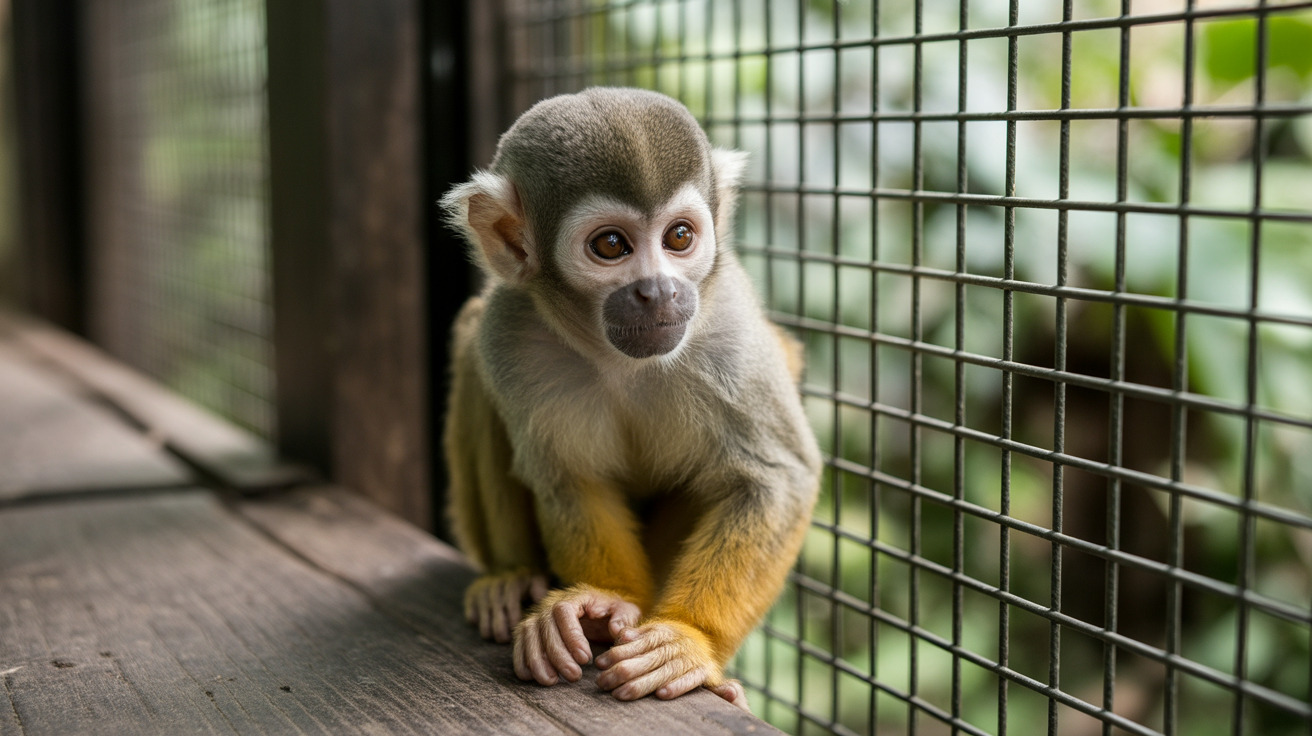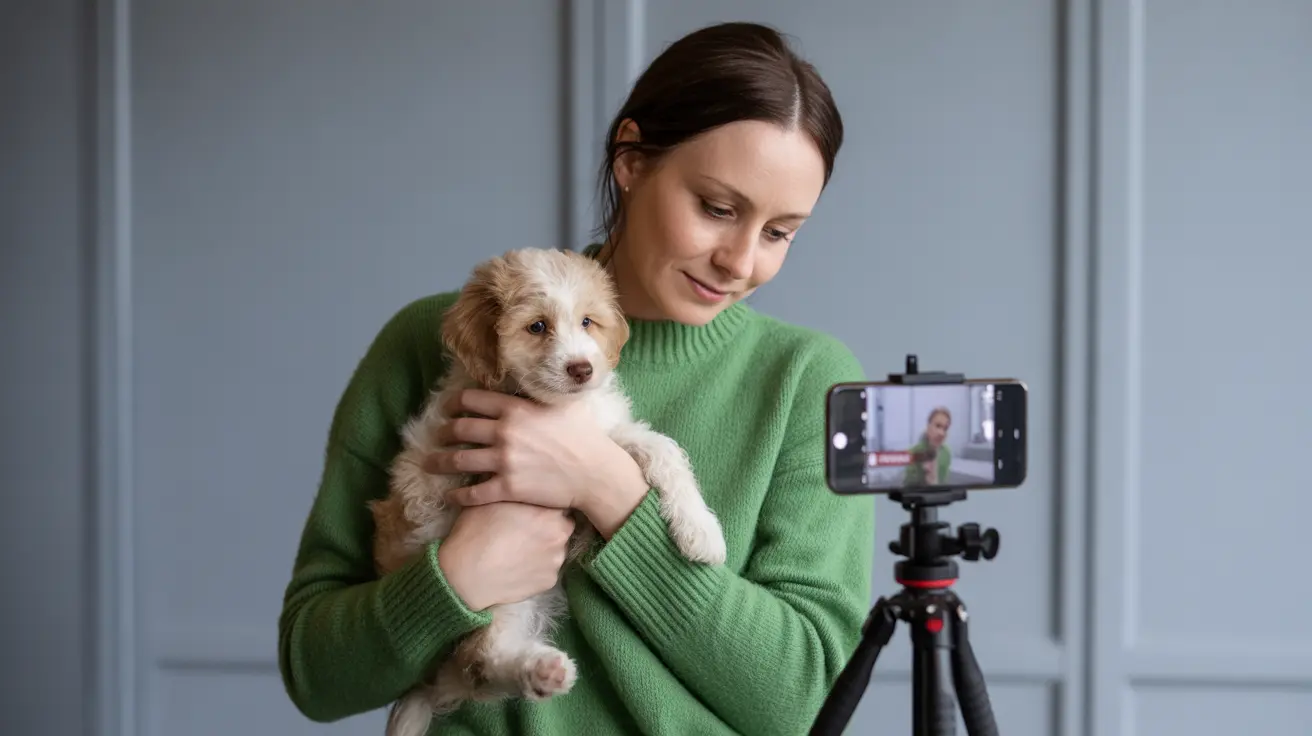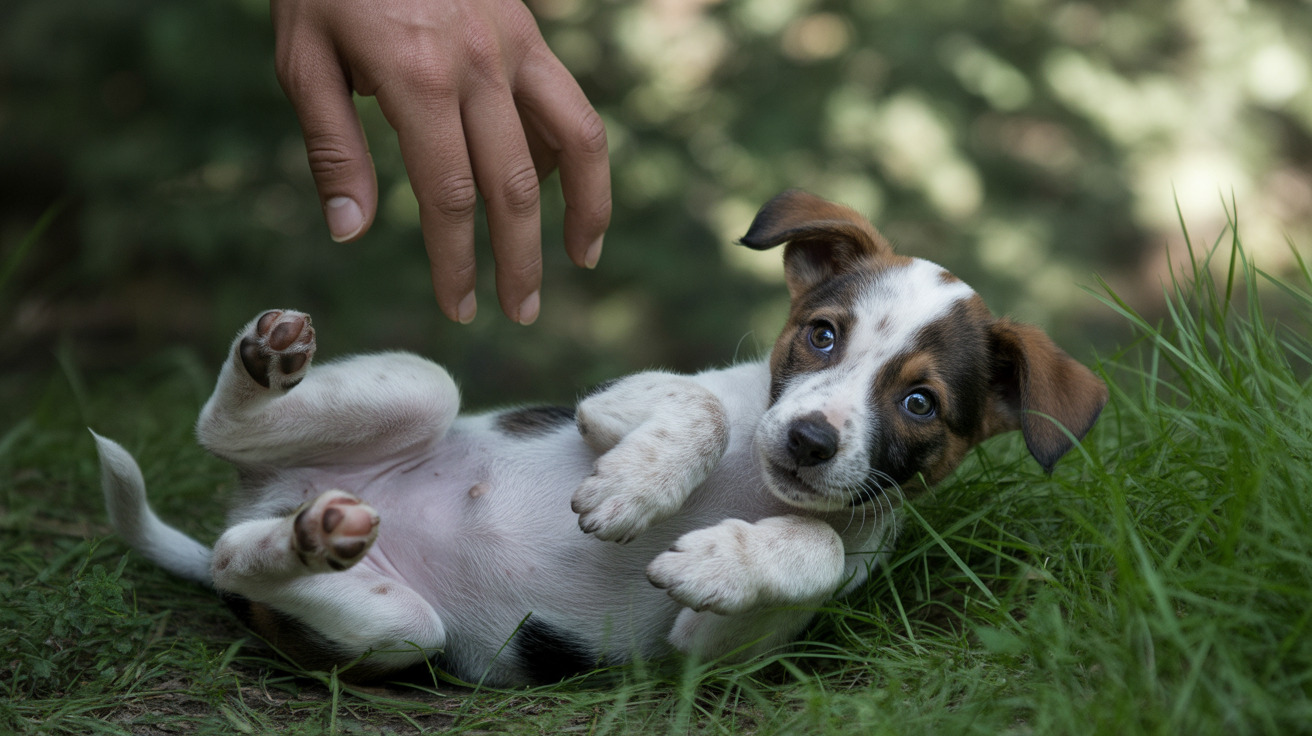Você já percebeu seu cachorro parecendo sorrir para você? Essa expressão cativante, com a boca relaxada e os lábios puxados para trás, vai além de um simples rosto fofo – é, na verdade, uma forma significativa de comunicação canina. Entender o o que significa sorriso de cachorro pode fortalecer o vínculo entre você e seu amigo peludo, além de garantir que você interprete corretamente a linguagem corporal do cachorro feliz.
A Ciência Por Trás do Sorriso Canino
Os cães evoluíram ao lado dos humanos por milhares de anos, desenvolvendo maneiras sofisticadas de se comunicar conosco. Quando um cachorro "sorri", normalmente está mostrando o que especialistas em comportamento chamam de sorriso submisso do cachorro ou expressão amigável. Esse comportamento é diferente das demonstrações agressivas e, geralmente, indica emoções positivas ou intenções sociais. Para quem quer como interpretar sorriso canino, é importante distinguir essa expressão da agressividade.
Diferentes Tipos de Sorrisos em Cães
O Sorriso Feliz
O chamado cachorro com boca aberta e relaxada geralmente apresenta uma boca aberta, lábios levemente puxados para trás e, muitas vezes, a língua de fora. O corpo todo do animal aparenta estar solto e confortável — sinais típicos de alegria em cães. Essa expressão é comum durante momentos de brincadeira ou quando o cachorro recebe atenção das pessoas favoritas. É fácil reconhecer postura relaxada em cães sinais nesse contexto.
O Sorriso Submisso
Alguns cães mostram um sorriso mais pronunciado, com os lábios curvados exibindo os dentes. Embora isso possa assustar quem não conhece, trata-se de um gesto pacífico quando acompanhado de uma linguagem corporal do cachorro feliz. Observe, por exemplo:
- Olhos macios ou semicerrados (olhos e orelhas do cachorro significado)
- Orelhas em posição relaxada
- Cauda abanando de forma leve (cauda abanando o que indica)
- Corpo com postura solta (postura relaxada em cães sinais)
Como Ler a Linguagem Corporal do Seu Cão
Entender o contexto do sorriso é fundamental para como ler a linguagem do meu cão. Um sorriso genuinamente amigável sempre virá acompanhado de outros sinais de alegria em cães. Fique atento a:
- Músculos relaxados pelo corpo
- Cauda abanando levemente (interpretação do abanar de cauda)
- Contato visual confortável (contato visual adequado com cães)
- Respiração calma
- Postura brincalhona ou submissa
Dessa forma, fica mais claro como saber se o cão está confortável e diferenciar entre um sorriso amistoso e outros comportamentos.
Quando o Sorriso Significa Outra Coisa
Embora a maioria dos sorrisos seja amigável, é fundamental reconhecer quando uma expressão pode indicar estresse, medo ou agressividade. Sinais de alerta incluem:
- Corpo com postura rígida (sinais de tensão e medo em cães)
- Olhar fixo e intenso
- Pelagem do dorso arrepiada
- Rosnados ou rosnar (cachorro está sorrindo ou rosnando)
- Aparição dos dentes junto a músculos faciais tensos (diferença entre sorriso e agressividade canina)
Reconheça alertas de agressividade em cães e saiba quando sorriso do cão é estresse para agir corretamente.
Como os Cães Aprendem a Sorrir
Muitos cães aprendem que "sorrir" resulta em reações positivas de seus tutores. Esse comportamento pode ser reforçado por reforço positivo e sorriso do cão, levando-os a usar essa expressão em diferentes interações. Inclusive, raças de cães que parecem sorrir naturalmente, como Samoieda e Staffie, são famosas por essa característica. Mas, independentemente da raça, o importante é analisar o conjunto de expressões faciais dos cães explicação junto ao corpo.
Perguntas Frequentes
O que significa quando meu cachorro parece sorrir?
Normalmente, indica relaxamento e contentamento quando a boca está aberta, os lábios estão suaves e o corpo está solto.
Como diferenciar um sorriso amigável de um rosnado?
Observe o conjunto: sorriso amigável vem com olhos macios, corpo relaxado e cauda solta; rosnado traz rigidez, olhar fixo e tensão facial.
Mostrar os dentes pode ser sinal de submissão?
Sim. Em alguns cães, exibir dentes com postura relaxada e olhos suaves é um gesto apaziguador, não uma ameaça.
Quais sinais corporais indicam que o cachorro está feliz?
Músculos soltos, cauda abanando de forma leve, respiração calma, olhos semicerrados e postura brincalhona.
Quando devo me preocupar com o 'sorriso' do meu cão?
Se vier acompanhado de corpo rígido, pelos eriçados, olhar duro, rosnados ou enrijecimento dos lábios.
Cachorros realmente entendem o sorriso humano?
Eles associam expressões faciais e tom de voz humanos a interações positivas, mesmo sem compreender como os humanos.
Raças são mais propensas a aparentar sorriso?
Algumas raças, como Samoieda e Staffie, têm expressão naturalmente sorridente, mas o contexto corporal é o que importa.
Como o reforço positivo influencia o sorriso canino?
Se o cão recebe atenção e carinho ao 'sorrir', ele tende a repetir o comportamento por associação positiva.
Qual o papel da cauda na interpretação do sorriso?
Abanar suave e baixo sugere relaxamento; rigidez, cauda alta dura ou muito baixa pode indicar alerta, estresse ou medo.
O que os olhos e orelhas revelam sobre o humor do cão?
Olhos suaves e orelhas relaxadas indicam conforto; olhar fixo e orelhas tensas sugerem alerta ou agressividade.
Boca aberta e língua de fora é sempre felicidade?
Nem sempre. Pode ser felicidade em repouso; com ofegância intensa e tensão pode indicar calor ou estresse.






